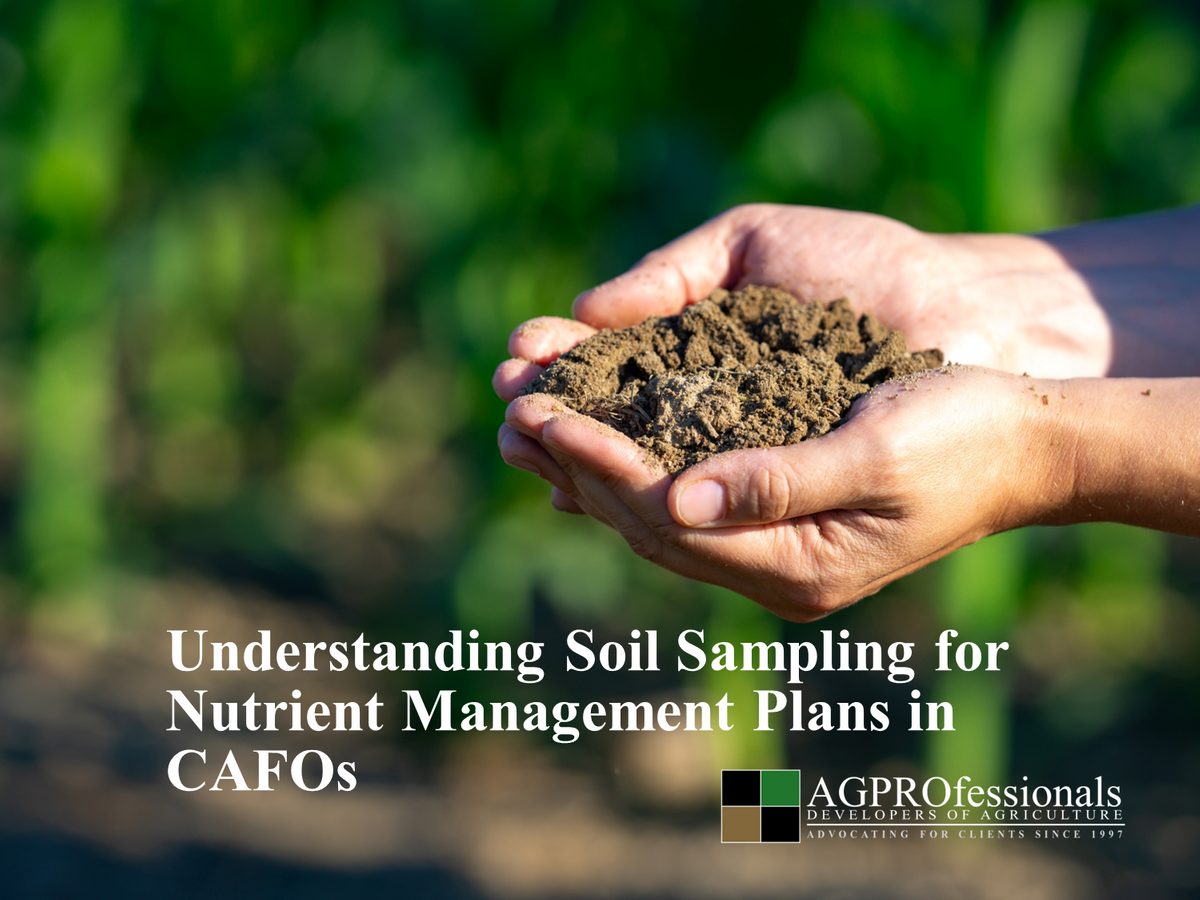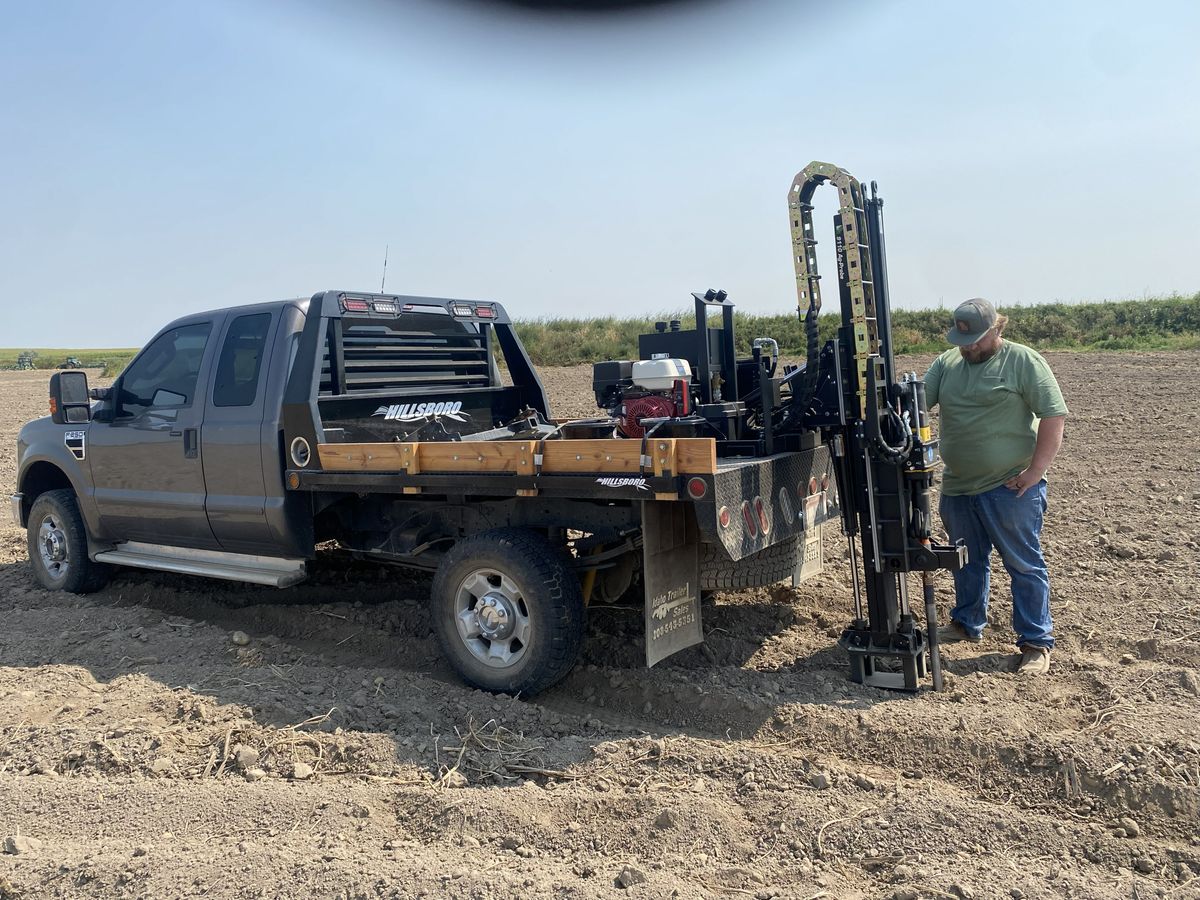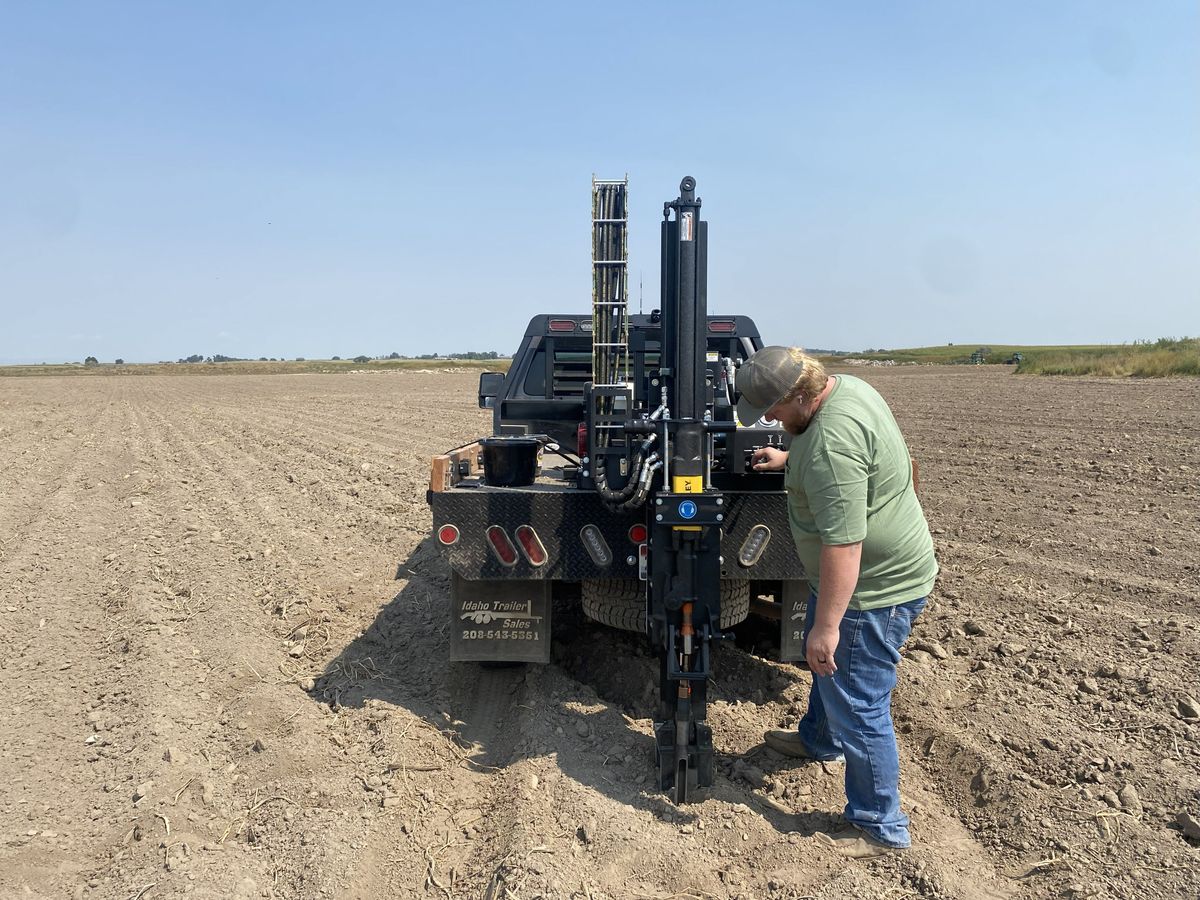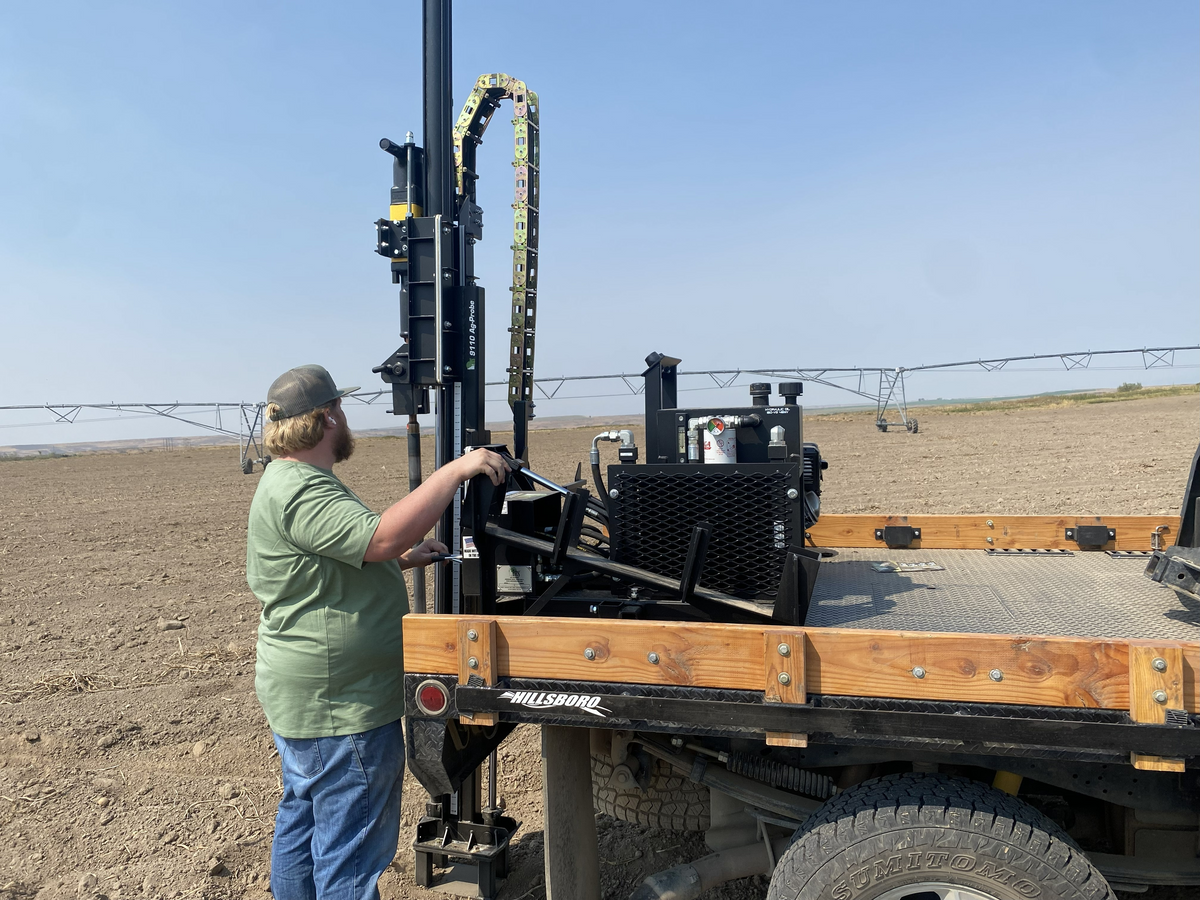For Concentrated Animal Feeding Operations (CAFOs), such as dairies, feedlots, pork and poultry farms, and egg producers, managing nutrients efficiently is crucial to both environmental stewardship and operational success. A key component of this process is soil sampling, typically conducted in the spring and fall, to support the development of an accurate Nutrient Management Plan (NMP).
Integrating Soil Sampling Results into a Nutrient Management Plan
Soil test results are the cornerstone of an NMP. By understanding the existing nutrient levels, operators can:
- Apply manure or fertilizer at rates that meet crop needs without exceeding regulatory limits.
- Adjust crop rotations, implement BMPs, cover crops, or soil amendments to improve soil health over time.
- Ensure environmental compliance by preventing nutrient runoff into waterways.
Why Soil Sampling Matters
Soil is the foundation of crop production and nutrient management. Regular soil testing allows operators to:
- Determine nutrient levels: Assess existing concentrations of nitrogen (N), phosphorus (P), potassium (K), and other essential nutrients.
- Optimize fertilizer use: Utilize the optimum amount of manure in conjunction with the current soil conditions to meet the needs of the crop planted.
- Comply with regulations: Soil sampling for CAFOs is generally guided by state agency requirements, and most states require it. The specific nutrients analyzed and the sampling depths can vary by state and/or region. The Idaho State Department of Agriculture (ISDA) requires CAFOs to follow nutrient management plans that ensure proper handling and application of manure. Soil Sampling is required annually for NMPs considered a surface water risk.
- Phosphorus Indexing (P Indexing): NMPs written as Index plans must be updated annually with current soil samples to ensure proper application of manure and fertilizers
Soil Sampling Process
Effective soil sampling involves systematic collection and testing:
- Sampling pattern: Fields are divided into representative areas based on manure/fertilizer application areas, soil type, slope, and cropping plan.
- Depth of sampling: Typically, 0 - 12 inches for surface nutrients and 12 - 24 inches for deeper nutrient movement, depending on crop type and CAFO requirements.
- Composite samples: Multiple (10 -12) cores from the same field are combined into one sample for lab analysis.
- Laboratory testing: Samples are analyzed for nutrient content, pH, organic matter, and other critical soil properties.
Conclusion
Spring and fall soil sampling are essential practices for CAFO operators seeking to optimize crop production, maintain soil health, and comply with nutrient management regulations. By partnering with professional agronomists and adhering to a consistent sampling schedule, CAFOs can develop more accurate and effective NMPs, thereby protecting both the land and the bottom line.




